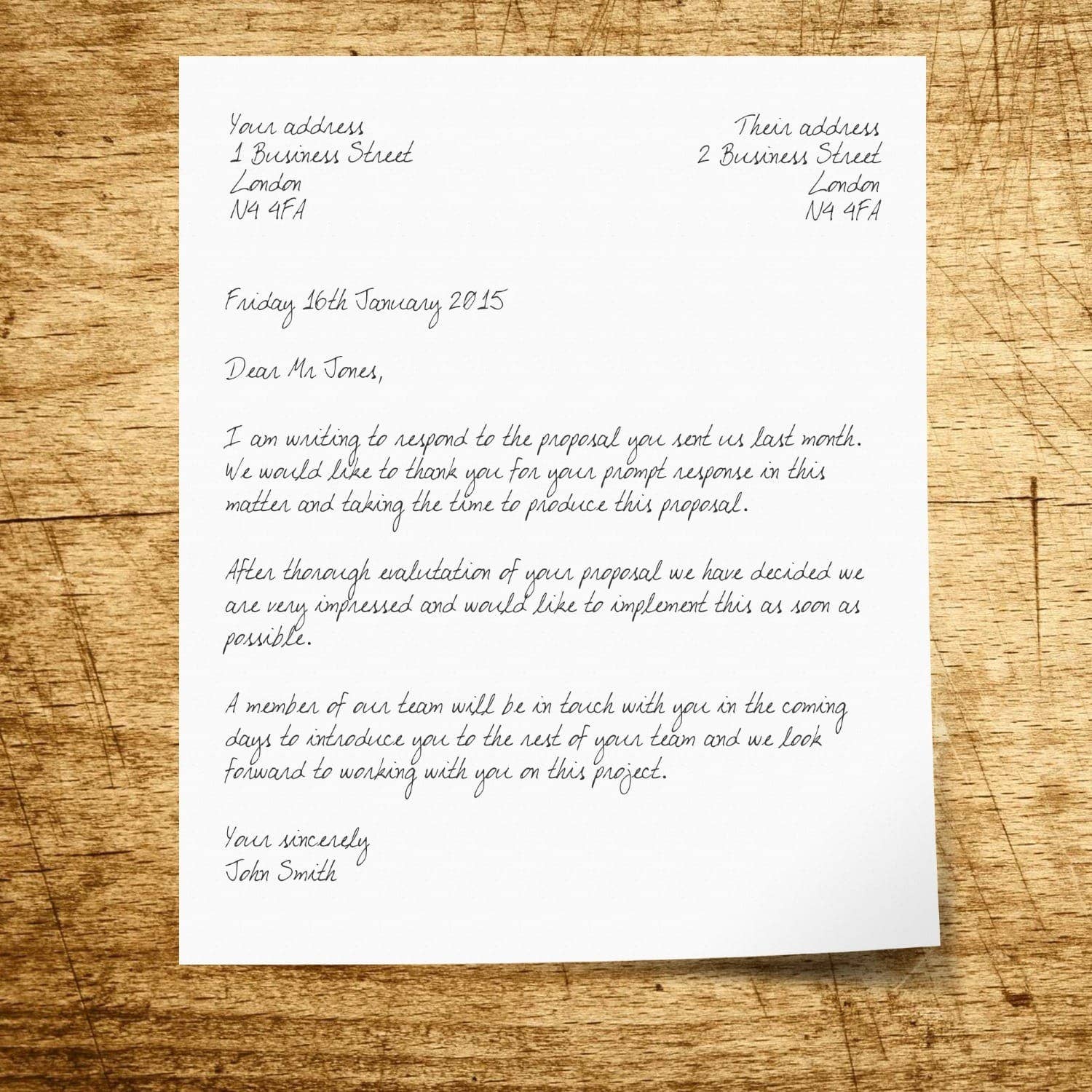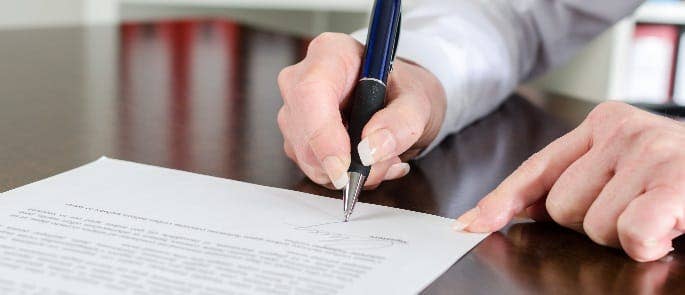How to Write a Business Letter & Envelope
If you work in business – whether you’re self-employed or part of a big company – professional writing skills are essential if you want to get ahead. Poor writing is unprofessional, both on a personal and business level, and can easily be the difference between make or break.
Although it may seem like email has completely taken over, the traditional letter is still the preferred method of communication for many businesses. This is particularly true if the correspondence contains formal or sensitive information.
Top Tips for Writing a Business Letter:
- Keep the content of the letter relevant and to the point.
- Ensure the letter is well-presented.
- Ensure your spelling and grammar are perfect.
- Keep the tone polite.
- Make sure the letter has a good structure (i.e. a beginning, middle and finishing paragraph).
Need a Course?
Our wide range of Business Essentials courses are designed for your personal and professional development.
Tips for Structuring a Business Letter:
- Write your company address at the top right of the page and the recipient’s name and address on the top left, spaced just below your address.
- Write the full date on the left hand side before you begin writing the letter.
- Begin the letter with ‘Dear…’. Use the recipient’s name if you know it or use Sir/Madam if not.
- The first paragraph should introduce your purpose for writing the letter. e.g. ‘I am writing to inform you that….’
- The second and third paragraphs will include more detail and supporting information.
e.g. ‘In response to this, the business would like to…’ - The last paragraph should include a proposal for action or outline of what you require from the letter’s recipient.
e.g. ‘Please complete the attached form and return to us…’ - Finish your letter with ‘Yours Sincerely’ if you began with the name of the recipient or ‘Yours Faithfully’ if you used Sir/Madam.
Example:

Abbreviations Used in Letter Writing:
You may wish to use the following abbreviations in your letter:
- ASAP (informal) – as soon as possible.
- cc – carbon copy. When a letter is sent to more than one person, this abbreviation is used to let the initial recipient know.
- Enc. – enclosed. Used when you are including other documents with your letter.
- pp – per procurationem. A Latin phrase meaning that you are signing the letter on somebody else’s behalf.
- PS – postscript. Used when you have signed the letter and wish to add something else.
- PTO (informal) – Used if the letter continues onto the back of the page and you wish to let the reader know.
- RSVP (informal) – Used to let people know you wish them to reply.

How to Address an Envelope:
The envelope is the first thing a recipient sees when receiving a letter so it must be just as professional as the letter itself.
- Use plain or company-branded envelopes so that the letter looks professional and stands out.
- Write your company name and return address on the top left of the envelope or on the back if there isn’t enough space.
- Place the stamp on the top right of the envelope.
- Write the recipient’s name and address clearly in the middle of the envelope.
- Always include the postcode.
- Write the country name at the bottom of the address if the letter is being sent abroad.





